An epic morning on the trails, just you, your mates and your mountain bike. You’re riding hard and suddenly the adrenaline rush is replaced by a loud ringing in your head. You’ve overcooked a corner and crashed. As the dust settles, you realise that your helmet prevented the worst from happening, but how do you find your perfect MTB-helmet in the first place?
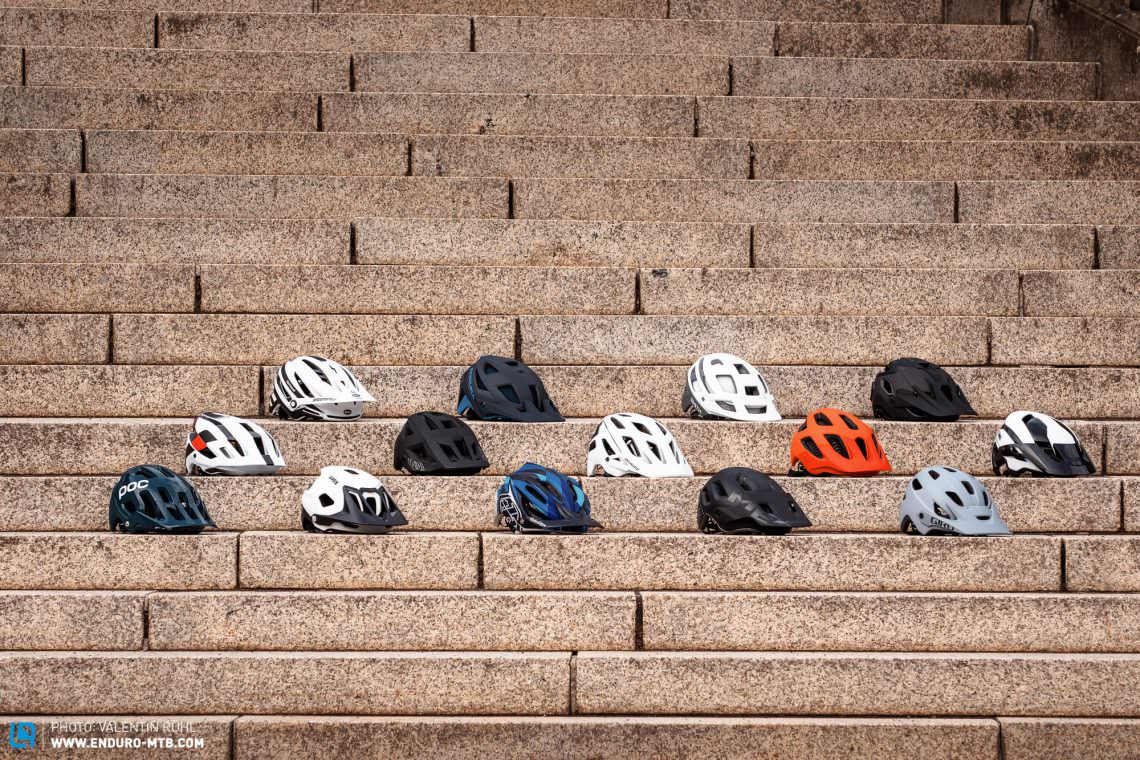
The huge market for mountain biking helmets is almost impossible to oversee. New models and promising safety technologies are springing up like mushrooms. The spectrum is wide, with everything from ultralight XC open-face lids to elaborate full face DH helmets available. Between the two extremes, you’ll find the helmets that most of us will want to use during our day to day riding: open-face lids optimised for trail and enduro riding. For this test, we took a closer look at this category and put 14 of most of the most exciting models through an extensive test.
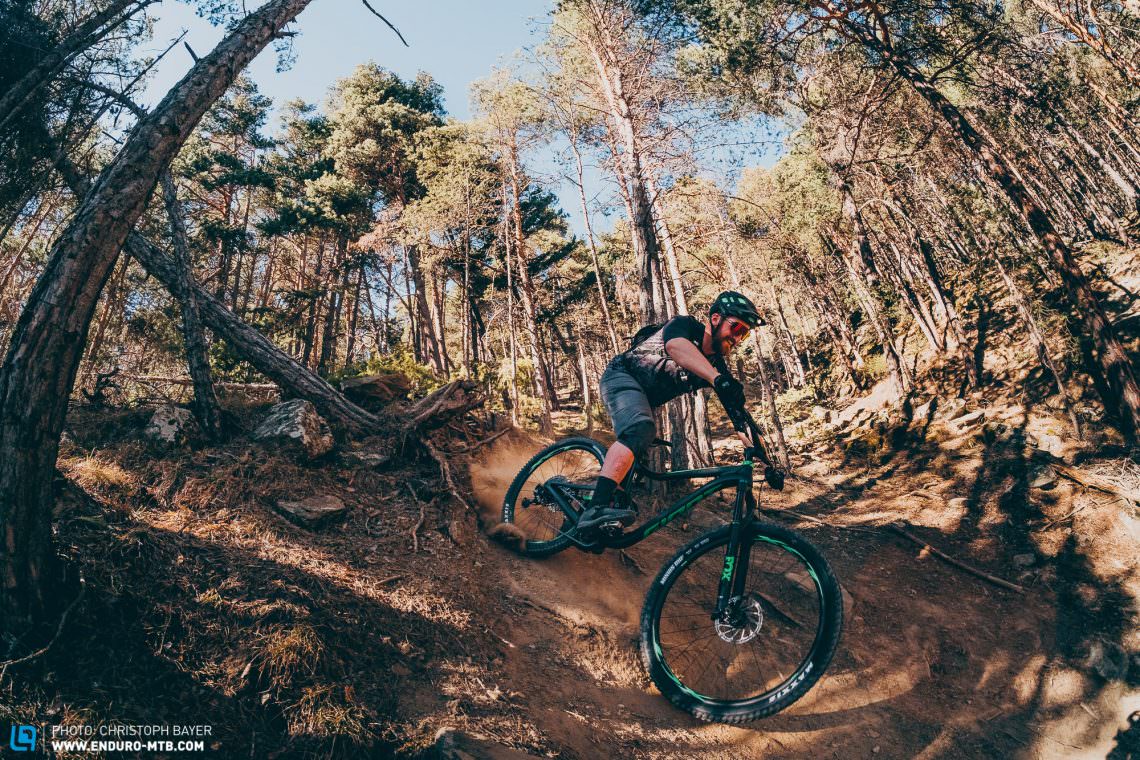
What really matters when buying a new helmet
Fit
The most intricate adjustment system is no good if the helmet isn’t the right fit or size. That’s why we recommend trying a helmet on before buying – only if it fits perfectly, should you include it in your shortlist.
Adjustments
Let’s take a closer look at the different fit systems. Most helmets use either three- or four-point strap adjustments, with the straps either looped through the inside of the helmet or attached to the shell. While three-point systems are generally a better fit, four-point straps just look tidier. The buckles under the ears (side strap length adjusters) can be either fixed or adjustable, with the latter offering a little more flexibility. On the inside of the helmet, a plastic cradle keeps the helmet secure, and any decent helmet should include at least a circumference adjustment, if not an additional option for height adjustment. The combination of all these elements creates the ultimate fit, which in turns ensures both comfort and safety.
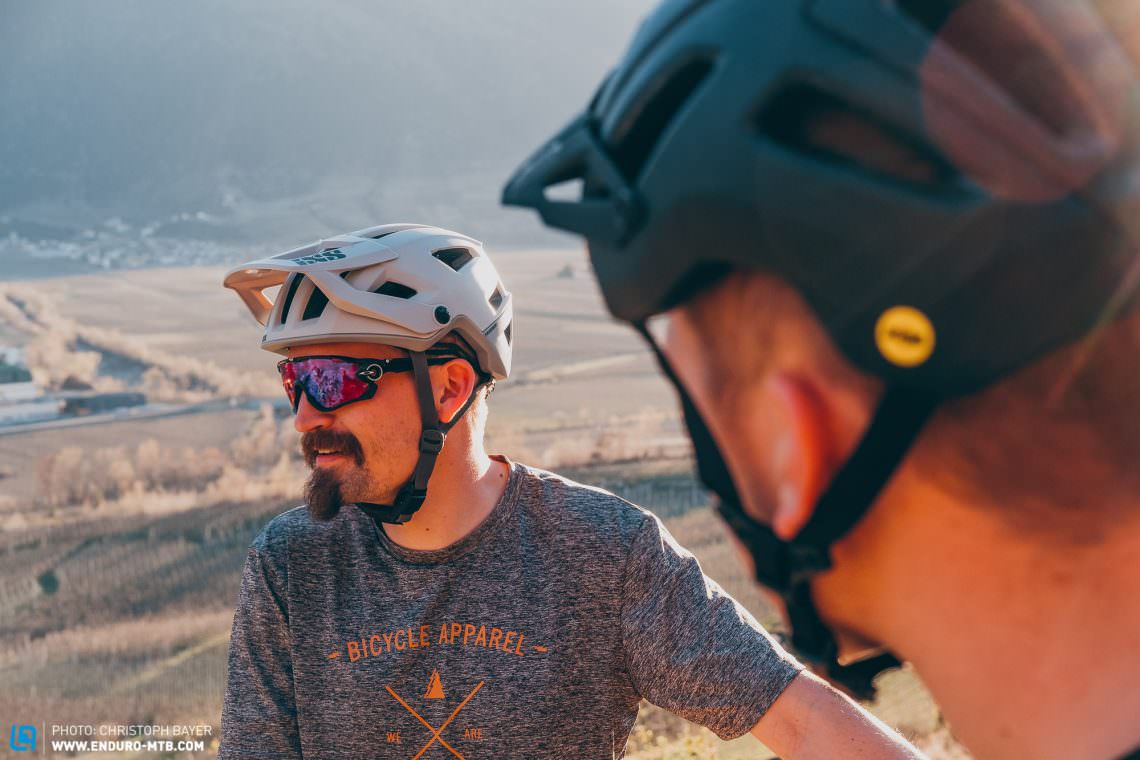
Manufacturing
Prices of the helmets in this group test range between € 119 and € 250, meaning that the manufacturing quality is high across the board. Upon closer inspection, however, there are still considerable differences. Exposed EPS-foam hints at more budget manufacturing, while helmets with a plastic cover on the underside scream quality. Straps and fasteners also differ in quality, so check these out before buying.
Ventilation
Since most of us prefer riding in fair weather, a poorly ventilated lid could potentially ruin a perfect day out on the trails. On the flipside, the air vents can sometimes lead to a cold head in winter or on chilly days. Generally, it’s not the number of air vents, but the depth of the internal air ducts that dictate how the air flows through the helmet.
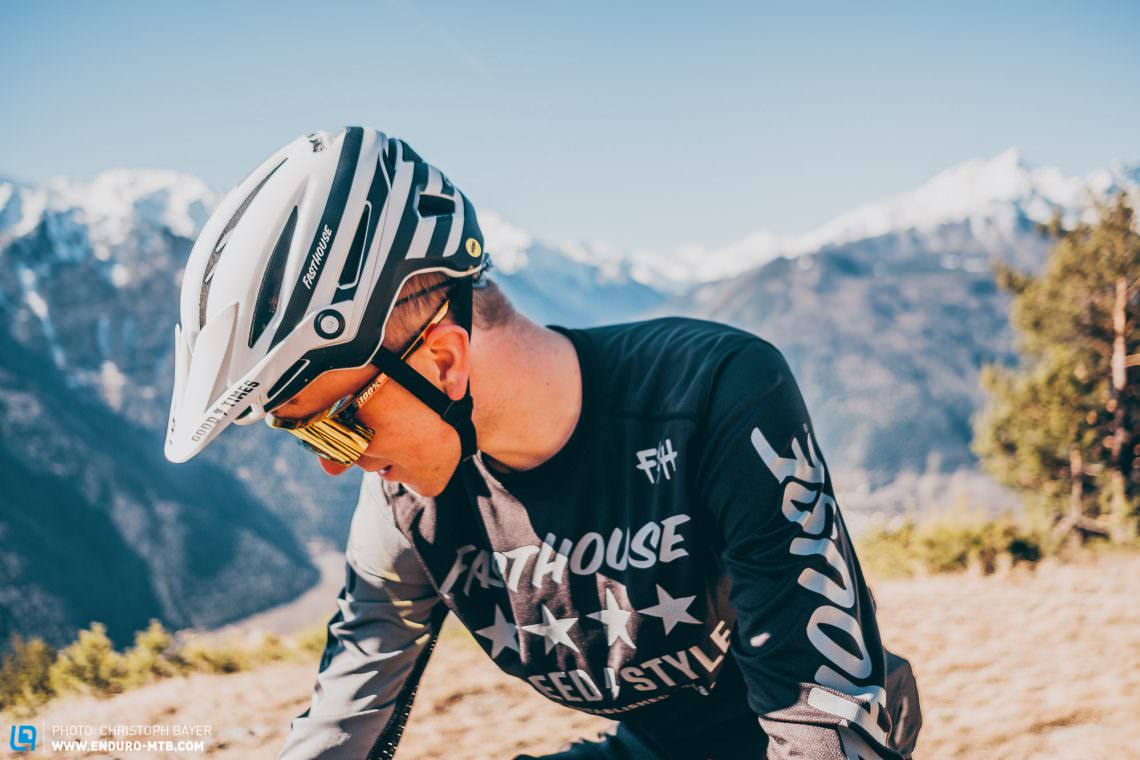
Compatibility
Ideally, a helmet should work well with sunglasses or goggles, depending on your preference. Compatibility can vary across different models though. Compatibility can vary across models though. We recommend taking your own glasses or goggles with you when trying on a new helmet.
Visor
Every mountain bike helmet needs a visor – and not just because it looks cool. Visors protect your face and eyes from the elements, branches and flying debris. If the visor is adjustable, you can position it out of your eyesight and even tuck your goggles underneath it on the uphills.
Style
Let’s not beat around the bush. Alongside its essential function, a helmet’s style is key. Just like the fit, style is also a very subjective matter. When choosing the colour of your new helmet, we recommend that you stick to a neutral look with black, white or grey tones. This way you’ll be able to match your helmet with all the colourful jerseys and jackets in your wardrobe.
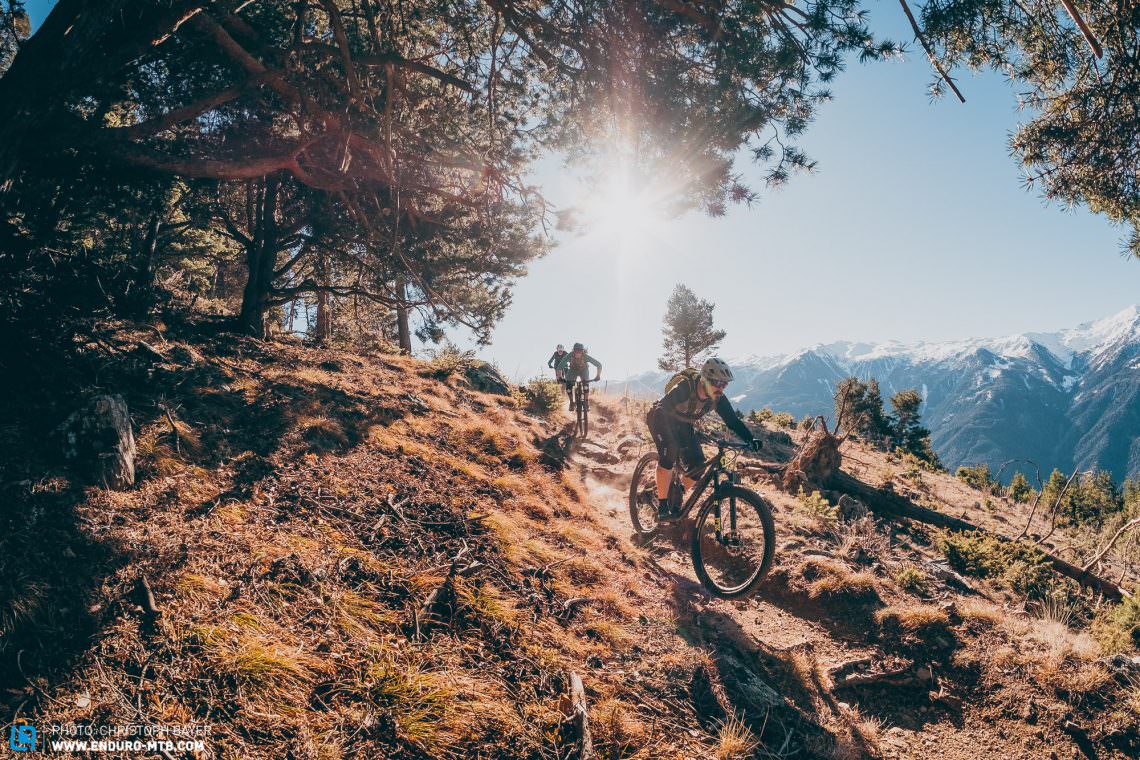
Why didn’t we test the helmets in the lab?
In our last helmet group test we wanted to put aside our subjective impressions and determine the safety of each helmet on the test benches of a state-of-the-art laboratory. As a result, we were left with a pile of broken helmets and, quite frankly, with a bit of a headache. All helmets passed the current EN 1078 standard without any problems, because unsurprisingly, otherwise they couldn’t be sold in Europe. While we could have tested beyond existing standards, the procedures are not standardized and any results are therefore understandably controversial. Statements like “with X % less residual force, this helmet is also X % safer” are simply inaccurate and make assumptions that might be wrong.
As current test standards only depict a snippet of reality, it’s very hard to assess the objective safety level of a helmet – both for us and potential buyers. Since we can’t possibly use science and technology (yet) to verify the ambitious marketing claims of helmet manufacturers, we decided to refrain from laboratory testing. We hope, however, that legislators and independent research institutions will focus more on the topic of helmet safety and soon revise the outdated testing standards.

MIPS und Co.
MIPS, short for Multi-directional Impact Protection System, has become an integral part of the market. In fact, more than half of the helmets in this test feature the popular safety system. A floating plastic liner inside the helmet is used to dissipate the rotational forces that generate in a crash. MIPS is now available in different versions. With their new Ambush, Specialized is the first brand to integrate the new MIPS system directly into the pads. Helmets with MIPS are usually a little bit heavier, a tad more expensive and, depending on the model, not as well ventilated. These small disadvantages shouldn’t factor if, given MIPS’ touted safety advantages. Whilst we do not presume to assess the efficacy of the system, a number of independent studies confirm the protective effect of the MIPS system.
The hands-on approach
Only a long day in the saddle reveals the true qualities of your gear. That’s exactly why we decided to test the helmets on the trails whilst out riding our bikes. Each helmet was evaluated by a number of test-riders and in different scenarios. The overall evaluation is based on the combined experience of all test riders.

Tops & Flops
Often small details can make a huge difference: seamless integration, first-class ergonomics and carefully selected parts. Easier said than done – here are some of the tops and flops from this grouptest.
Tops
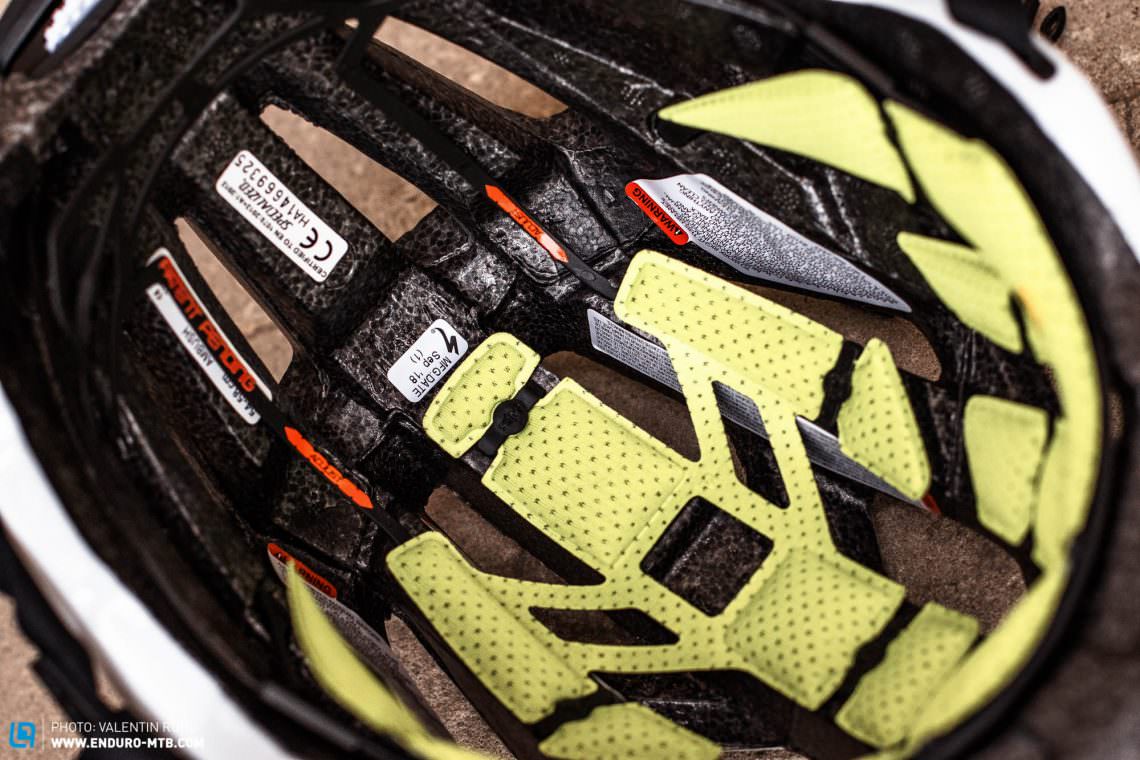
Specialized is the first manufacturer to use the MIPS SL, an integrated version of the popular safety system that sits in the padding of the helmet. Compared to the classic MIPS system, the new version doesn’t affect the ventilation.
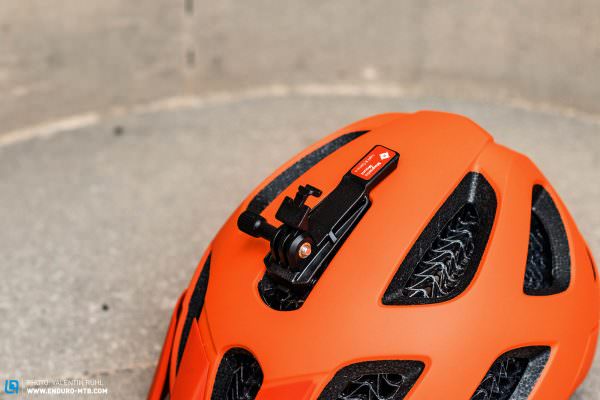
If you regularly ride with an action-cam or helmet light, you should consider one of the models with an integrated accessory mount. The magnetic mount of the Bontrager Blaze WaveCel is one of the most elegant solutions in this test.

Since goggles are becoming increasingly popular amongst enduro riders, you’ll be delighted to hear that all helmets in our test are goggle-compatible. We recommend that you take along your own when trying on a new helmet to double check the fit though.
Flops

Materials like Koroyd and WaveCel are more vulnerable to damage than classic EPS foams and unfortunately all models with this new materials in this test show blemishes or imperfections in the final finish – which is unacceptable considering the price tag
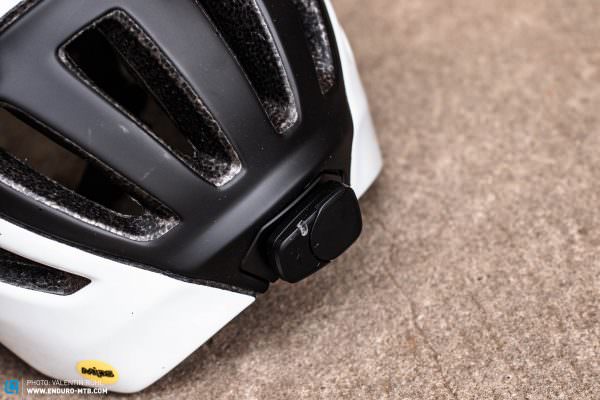
With the new ANGi system, Specialized introduces an innovative system which calls for help in the event of a crash.
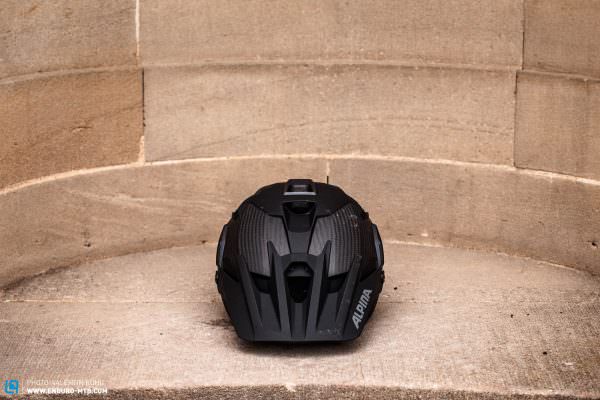
A helmet in this price range should provide superb ventilation. However, some of the models on test got very hot after a while – we’re looking at you ABUS and Alpina.
Conclusion – It’s all down to the fit
Before we tell you the test winner and our best value tip in this test we want to emphasize one thing: even the best helmet is useless if it doesn’t fit you well. We cannot stress enough to always try a helmet on before buying, as that’s the only way to find out whether it fits your head. If it suits you, the Specialized Ambush ANGi is the helmet with the best features, the lowest weight and the best ventilation – our test winner. If you find the 199 € too expensive, you will find the Giro CHRONICLE MIPS an exciting alternative at a fair price – our best value tip!














